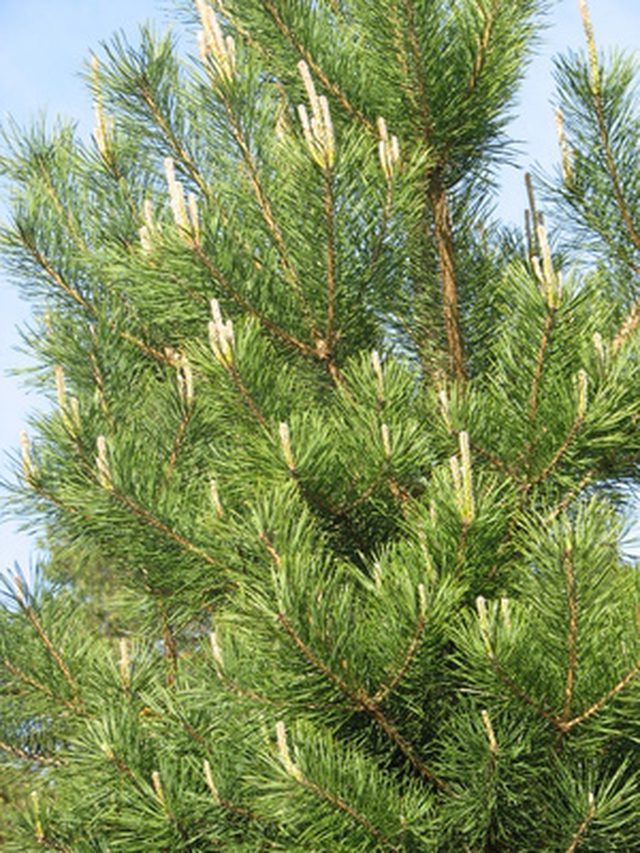Bulbs
Flower Basics
Flower Beds & Specialty Gardens
Flower Garden
Garden Furniture
Garden Gnomes
Garden Seeds
Garden Sheds
Garden Statues
Garden Tools & Supplies
Gardening Basics
Green & Organic
Groundcovers & Vines
Growing Annuals
Growing Basil
Growing Beans
Growing Berries
Growing Blueberries
Growing Cactus
Growing Corn
Growing Cotton
Growing Edibles
Growing Flowers
Growing Garlic
Growing Grapes
Growing Grass
Growing Herbs
Growing Jasmine
Growing Mint
Growing Mushrooms
Orchids
Growing Peanuts
Growing Perennials
Growing Plants
Growing Rosemary
Growing Roses
Growing Strawberries
Growing Sunflowers
Growing Thyme
Growing Tomatoes
Growing Tulips
Growing Vegetables
Herb Basics
Herb Garden
Indoor Growing
Landscaping Basics
Landscaping Patios
Landscaping Plants
Landscaping Shrubs
Landscaping Trees
Landscaping Walks & Pathways
Lawn Basics
Lawn Maintenance
Lawn Mowers
Lawn Ornaments
Lawn Planting
Lawn Tools
Outdoor Growing
Overall Landscape Planning
Pests, Weeds & Problems
Plant Basics
Rock Garden
Rose Garden
Shrubs
Soil
Specialty Gardens
Trees
Vegetable Garden
Yard Maintenance
How to Grow Grass Under Spruce Trees
How to Grow Grass Under Spruce Trees. Growing grass under spruce trees is a difficult proposition, at best. A bed of acidic spruce needles creates a poor environment for growing anything but the hardiest, shade-loving types of grass. Your best chance to grow a lawn under trees like this is to amend the soil, and prune spruce branches back to allow...

Growing grass under spruce trees is a difficult proposition, at best. A bed of acidic spruce needles creates a poor environment for growing anything but the hardiest, shade-loving types of grass. Your best chance to grow a lawn under trees like this is to amend the soil, and prune spruce branches back to allow enough light to filter through to the ground.
Things You'll Need
Garden gloves
Long-handled pruning shears
Spade
Topsoil
Grass seed
Straw
Water
Choose varieties of grass seed that are shade-loving and can tolerate acidic soil from spruce needles, such as St. Augustine for warmer climates, and Kentucky bluegrass or creeping red fescue if you live farther north. Steer clear of Bermuda grass and centipede grass, as they require full sun.
Put on garden gloves to protect your hands from pitch. Prune away lower branches of spruce trees with pruning shears to a height of at least 2 feet to allow adequate light penetration and air circulation.
Rake out the area beneath spruce trees with a garden rake to remove mats of fallen needles and expose the bare ground. Compost or discard the needles.
Cultivate the soil under spruces to a depth of 3 inches, being careful not to disturb major roots. Add fistfuls of fresh, plain topsoil to amend the acidic soil that pine needles create. Water thoroughly.
Scatter grass seed by hand. Cover the area with straw to prevent birds from harvesting the seed, and water thoroughly.
Continue watering for the next few weeks, while the grass seed germinates and establishes a root system. When the grass reaches the height of an inch or so, carefully rake away the straw and compost or discard it.
Tips & Warnings
Spruces have a natural shape that is much like the hoop skirt of a Southern belle--branches forming a wide circle that brushes the ground. If you leave it to grow naturally, you will not need to plant grass at all. Consider a circle of mulch, or planting shade-loving perennials with spruce trees for a beautiful, low-maintenance effect.